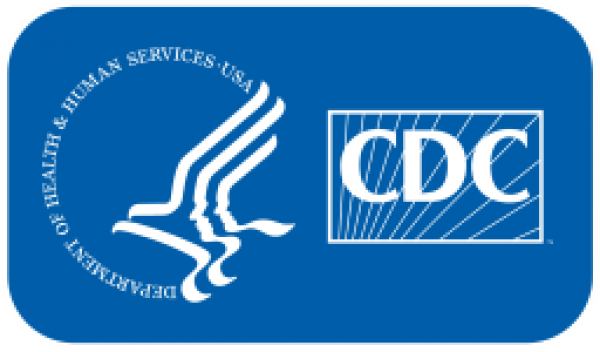Yesterday, the Centers for Disease Control and Prevention (CDC) published three new reports using HIV surveillance data: Estimated HIV Incidence and Prevalence in the United States, 2015–2019; Monitoring Selected National HIV Prevention and Care Objectives by Using HIV Surveillance Data—United States and 6 Dependent Areas, 2019; and Diagnoses of HIV Infection in the United States and Dependent Areas, 2019. To improve data interpretation and utility, these reports all feature data from the same timeframe: 2015-2019. HIV prevention partners can use these reports to monitor trends, determine successes, identify gaps in HIV prevention, and help direct prevention efforts and resource allocation.
HIV Incidence and Prevalence Report: Key Findings
CDC estimates of annual HIV infections in the United States show hopeful signs of progress in recent years. CDC estimates show new HIV infections declined 8% from 2015 to 2019, after a period of general stability. Overall, estimated annual infections fell from 37,800 in 2015 to 34,800 in 2019; much of this progress is likely due to larger declines in recent years among young men who have sex with men (MSM). From 2015 to 2019, the number of HIV infections among MSM decreased 9% overall and infections among young MSM aged 13-24 years declined 33% overall, with declines in young MSM of all races, although young Black/African American and Hispanic/Latino MSM continue to be severely and disproportionately affected. In terms of overall race/ethnicity, while HIV infections were somewhat lower in 2019 among African American, Hispanic/Latino, and white persons than in 2015, none of these declines were statistically significant—but, together, they contributed to an overall national-level decline. The South also continues to be disproportionately affected, accounting for more than half of new HIV infections in 2019. The number of HIV infections in 2019, compared with 2015, remained stable among persons who inject drugs (PWID), due likely in part to the ongoing opioid crisis. Finally, the estimated percentage of diagnosed infections among persons living with HIV at year-end 2019, compared with 2015, increased 2%. At year-end 2019, an estimated 1.2 million persons aged 13 years and older were living with HIV infection, including about 13% of persons whose infection had not been diagnosed.
Continue reading and learn the key findings from the Monitoring Report and the HIV Surveillance Report - Diagnoses in this Dear Colleague letter posted May 27 by CDC.



